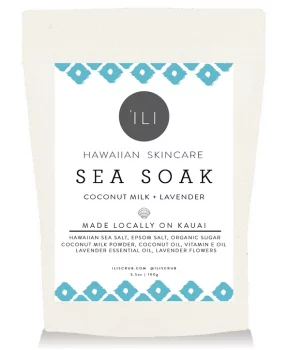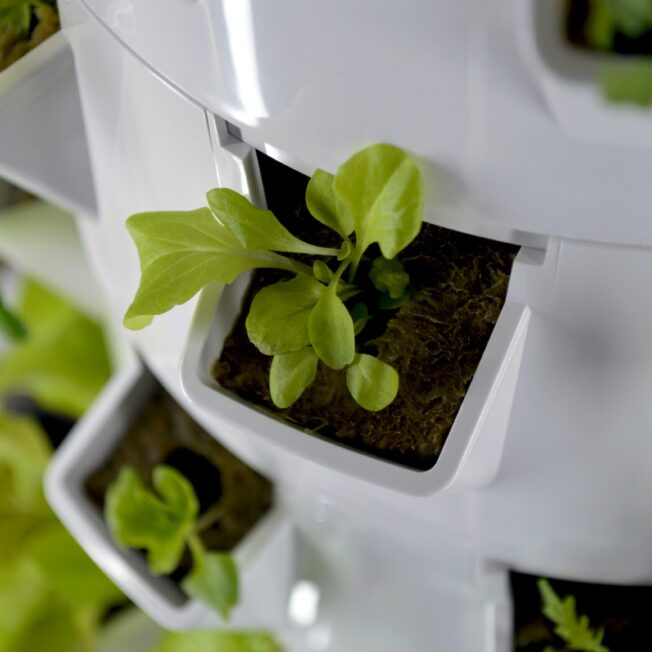Gardening doesn’t always feel like it’s for everyone. Whether you don’t have the greenest of thumbs, don’t have the outdoor space, or don’t live in an ideal climate, it can be difficult – or even impossible – to successfully start and maintain a traditional garden.
In recent years, hydroponic gardening has become all the rage, especially with apartment dwellers and those who might not have the outdoor space to grow their own veggies. But what is hydroponic gardening, and how can you get started?
What is hydroponic gardening?
Hydroponics, at its simplest, is a technique where plants are grown in a water-based nutrient solution instead of soil. While these systems have become popular for individuals to have in their homes as a hobby of sorts, hydroponic systems are also used by small farmers and commercial enterprises. Despite their recent growth in popularity for hobbyists, the United States Department of Agriculture has said that this method has been used by physiologists who study plant nutrition and other plant scientists for more than 100 years.
How does it work?
For those who don’t have the land or ideal climate for at-home gardening, hydroponic systems can be leveraged to reap the benefits of homegrown fresh produce without the traditional needs of space and other materials. Without the need for soil, hydroponic plants are exposed to light to trigger photosynthesis, while the roots are exposed to allow them to capture oxygen, which is needed to grow. In place of soil is the water chock full of nutrients for the plants, which includes nitrogen, phosphorus, and potassium. Additionally, in some hydroponic systems, a growing medium such as coconut coir will also be used to help support the roots and allow for better water absorption. There is also a subset of hydroponics — aeroponics — that requires just light, water, and nutrients and does not leverage any growing medium.
How can you get started?
Hydroponic systems can be set up outdoors or indoors, depending on your space and where you live. The variety of crops may differ per method. All year round, you can grow herbs, kale, lettuce, and mustard greens, as well as leafy greens, including amaranth and Swiss chard. Outdoors in the summer, the range of produce that can be grown increases, with most fruits and vegetables accessible through this method. Some of the most common produce include cucumber, strawberries, and tomatoes.
To get started with your own hydroponic gardening journey, there are plenty of premade at-home devices and systems that you can buy to kick things off. However, there are also DIY systems that you can create to start the process. A DIY at-home solution requires a “deep water culture” setup, which includes ensuring that plants are suspended above a tank of water with roots that hang into the container to absorb water and nutrients. Any container that holds water – including a 5-gallon bucket or a plastic storage bin – can be used for hydroponics, just be sure that it’s been cleaned and the material is safe for food.
When it comes to lighting, if it’s summertime, the natural light from the outdoors is the most ideal. However, for indoor methods, supplemental lighting will be needed. Supplemental lighting options include LED, fluorescent, incandescent, and high-pressure sodium. There are other factors to consider that are required for successful hydroponics systems, including aeration, starting seeds separately before transferring them to the system and preparing the water for optimal pH and alkalinity. Additionally, you need to fertilize the water with the nutrients plants need to grow outside of just nitrogen, phosphorus, and potassium, which includes boron, calcium, chlorine, copper, iron, magnesium, manganese, molybdenum, nickel, sulfur, and zinc. The maintenance process of managing a hydroponics system at home will require changing the water, looking out for insects, as well as managing the plants for disease.
What are the benefits?
Beyond the gratification of growing your own produce, there are a host of benefits to taking up hydroponic gardening at home. From an environmental perspective, hydroponic gardening uses as much as ten times less water than traditional farming systems. It can also produce a higher output of fruits and vegetables due to the spacing of the plants as well as having the ability to better control the factors that encourage plant growth. Hydroponic systems also take up less space and allow for the growth of plants all year round. Because the process is soilless, this process can be done indoors or outdoors and can help individuals who have no outdoor space or who want to grow certain produce items during the wintertime.



















